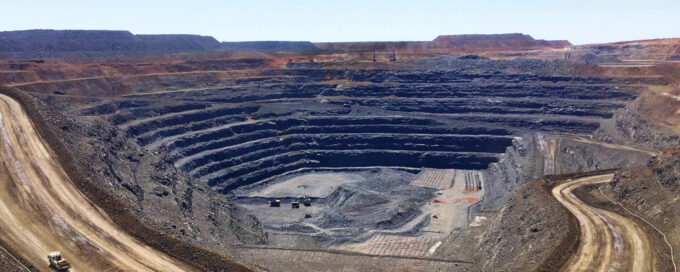A big part of the mystique (and misinformation) regarding the circular economy worldwide is what it actually is. For many, this is just a rehash of typical ecologically beneficial activities like recycling, carbon emission reduction, and refurbishment with a new spin. But this is far from complete, and it essentially ignores the more powerful changes it can bring to the linear economy in place today.
MYTH 1 – IT’S RECYCLING WITH BETTER PR
In most cases, this is the first thing people think – the circular economy is just a brand new retelling of the age-old idea of recycling or refurbishment. The problem here is that when you go granular, recycling is the foundation on which all of this is based. While there is some credit to this, recycling isn’t only what the circular economy is about.
The circle economy has to do with the bigger picture, and recycling is just one of the many components. The term itself was revived in the early 20th century, and what it meant back then was redesigning effective systems around a process. The circular economy is all about several optimized systems coming together in unison towards a common goal. It is complex and dynamic, responsive and iterative. Every component depends on the other for proper functioning. But the most important part is that it works economically and ecologically, and that is why it is relevant and interesting to businesses today.
MYTH 2 – IT’S PERFECT AND CIRCULAR
On the other side of the circular economy spectrum, some people think the very fact that it is referred to as a “Circle” takes away from it. They feel it makes it look too perfect and unsophisticated. Other options for this have come up – non-linear, spiral, fractal, to name a few. They chose the circle because it conveyed immediacy and abstraction. Rather than complicate the representation with other shapes, this makes it more approachable.
And to argue a counterpoint, terminology is not always completely representative. Take the case of the linear economy – there are several feedback loops and chasms which don’t exactly make it a classic “line.” And yet we represent it as a simple line. Suppose we include all the negative aspects of the linear system, we’ll end up with something considerably more confusing than a simple line. The word “circular” is aligned with adding value without losing (too much) energy in the system, which means it is more sustainable and works longer.
MYTH 3 – IT’S AN IDEAL CLOSED LOOP
This is related to the earlier point we were talking about. Many people think that since it is a closed-loop, it resembles a simpler closed-loop system like plumbing, for example. Even the premise is faulty – because a mechanistically simple loop might be circular in theory, but it doesn’t accomplish anything of note. Once you begin to extend boundaries and include other systems, the result will always be less than ideal.
Theory crafting and expecting the same results in real-world systems is not the right way to go about it. It’s all about pushing a singular resource through a loop and ensuring that other types of resources are generated with minimal loss. To put this into some perspective, a good example would be feeding a forest to feed the trees. When you push resources into one aspect of a forest, let’s assume its water here, it provides food for the whole system.

MYTH 4 – DOESN’T ACCOUNT FOR ENERGY LOSSES
A relevant and often criticized aspect of the circular economy is the loss of energy incurred through the system. The argument is not without its merits because we are trying to minimize energy expenditure. It would be counterproductive to expend more than what is required. And the loss of excess energy can impact the economic feasibility of the system.
This is addressed through the redesign of basic systems producing the energy required for the system. As solar power becomes cheaper and more effective coupled with wind and other more efficient forms of energy production, the circular economy is becoming even more viable as an alternative to an outdated linear economy. Another option to reduce energy expenditure is by extending the lifetime of the equipment. Doubling the lifetime of equipment means fewer product refresh cycles, which equates to less energy used in the system. You can extend equipment lifetime by opting for effective third-party maintenance programs for your business.
MYTH 5 – CIRCULAR ECONOMY IS INSTANT FULFILMENT
People think that the circular economy is all about quick change and instant results. In a way, it can be attributed to how several businesses work today – if it takes effort to adapt to something that delivers results over a longer period, it’s best to stick to what we have now. It helps to think of this more as an evolution of how we approach business rather than a quick fix that works immediately but is short-term. When you’re revamping a whole system, especially something that has been in practice for centuries, there are bound to be issues. So while the circular economy is not like something that you can buy off the shelf and use right out of the box, it also provides much more tangible benefits than solutions that are easier to implement.
If you need sustainable options to scale quickly, there are viable alternatives like renting IT hardware from brands that adhere to environmentally sound business practices.
We hope that we’ve been able to clear up a few misconceptions you’ve had about the circular economy paradigm. While it isn’t a straight fit, it’s something that needs to be done. Aliter can help you on the road to adopting a circular economy for your business. Being the only B Corp in this niche today, we have the experience and ability to help you with reducing your business’ ecological distress with a positive impact on your ROI. Talk to us to find out more about how you can lower your carbon footprint sustainably!







